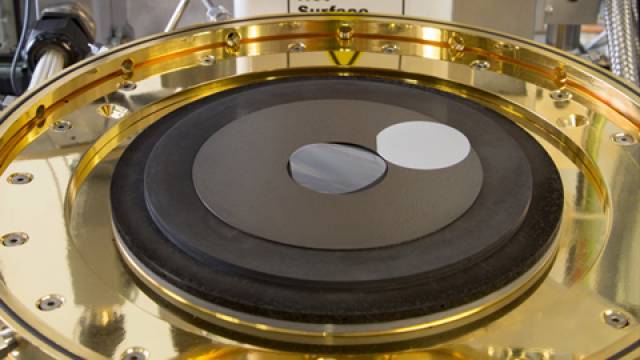Engineers at GT Advanced Technologies are developing a new manufacturing process that produces extremely thin sheets of sapphire.
In recent reports, smartphone manufacturers have announced limited edition models using sapphire glass, which is five times harder than Gorilla Glass, the current standard for most major smartphone models. Sapphire glass faces several challenges in wider market adoption, with the most obvious being that it is very expensive to produce compared to Gorilla Glass, around 5 to 10 times as much, limiting its use to small screens. Additionally, the current method of refining sapphire glass into device screens involves sawing a block of sapphire into wafers and grinding them down to size. This produces a lot of wasted sapphire and introduces defects that make the thin sheets easy to break.
But in Danvers, Massachusetts, engineers at GT Advanced Technologies may have found a workaround for the cost problem with a new manufacturing process that cheaply and efficiently produces sheets of sapphire just a quarter as thick as a piece of paper. These sheets can then be laminated to a conventional glass display. The fused screens are better suited for preventing damage and are not nearly as expensive as a pure sapphire glass screen.
The machine used for this new process is called an ion accelerator, and it fires hydrogen ions at sapphire crystal wafers, embedding the ions at a precise depth in the material. When the wafers are heated in an oven, hydrogen bubbles form in it and force a layer of sapphire to break off. The resulting thinner layer is polished until it is transparent. This method can make approximately 10 sapphire sheets from the same amount of material that would go into one pure sapphire display. The fused sapphire glass screens would have higher scratch resistance and could possibly be cheap enough to become ubiquitous in modern smartphones. It may also allow sapphire glass to be used on displays for larger devices such as tablets and touch-screen netbooks.






